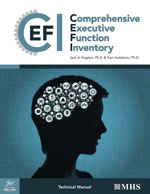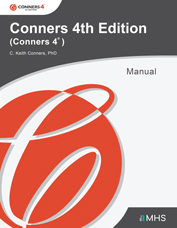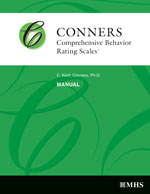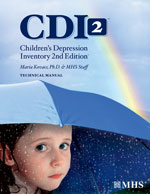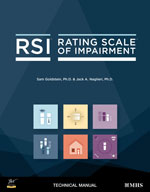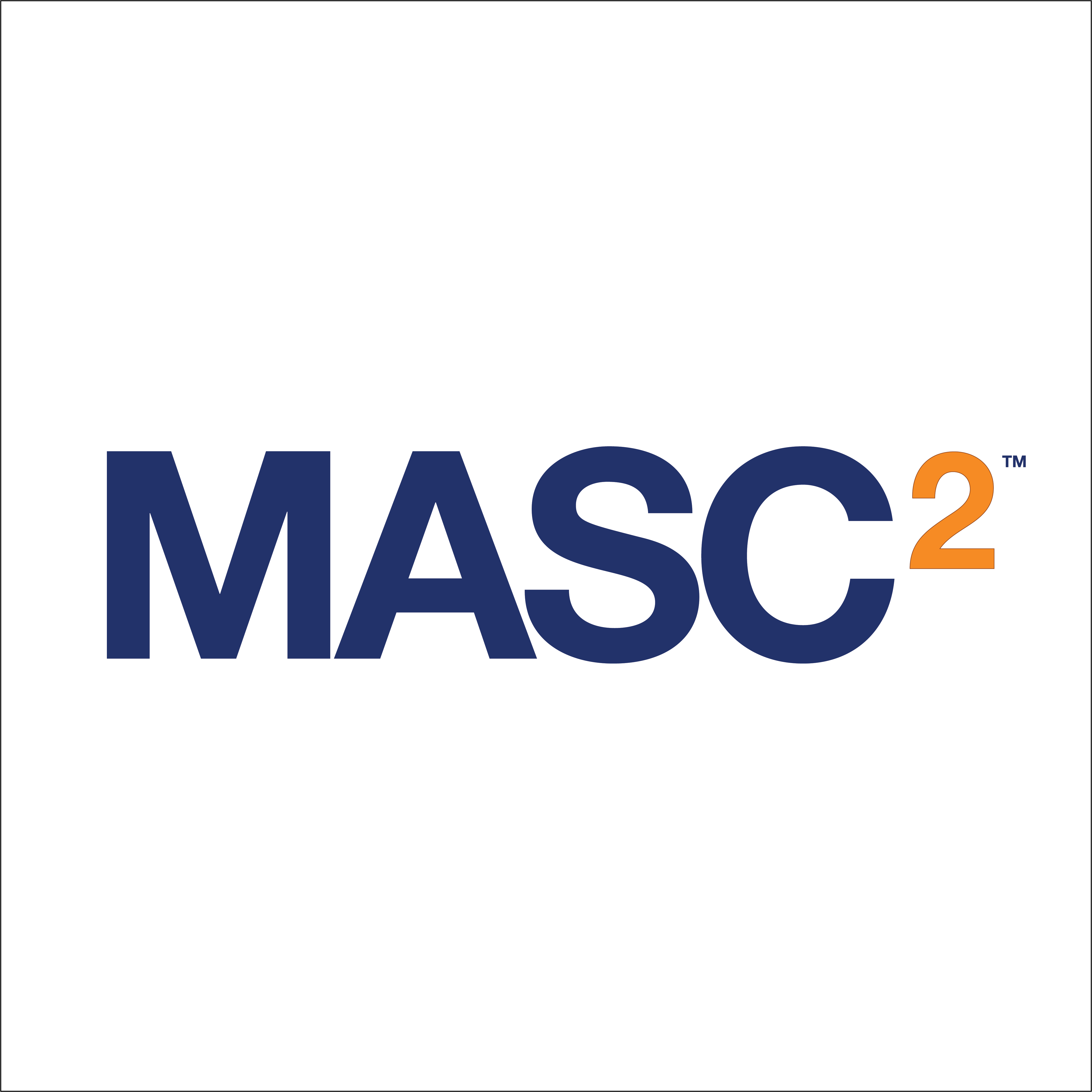
MASC 2™
Multidimensional Anxiety Scale for Children 2nd Edition™
Filters
Understanding a child's anxiety is an essential step to successful treatment. The Multidimensional Anxiety Scale for Children 2nd Edition™ (MASC 2™) is a comprehensive, multi-rater assessment of anxiety dimensions in children and adolescents aged 8 to 19 years. The MASC 2 indexes the range and severity of anxiety symptoms and can be a useful adjunct to the process of diagnosing anxiety disorders. When combined with other verified sources of information, the MASC 2 can aid in the early identification of anxiety-prone youth, as well as help to monitor treatment effects.
Age
- 8 to 19
Administration Type
- Parent
- Self
Administration Time
- 15 Minutes
Number of Items
- 50
Qualification Level
- B
Format(s)
- Online (Administration & Scoring)
- Handscored
Reading Level
- 3rd Grade
- Complete a Comprehensive Evaluation
Gather an in-depth perspective from multiple raters, using the parent and self-report forms.
- Gain Valuable Insight
The MASC 2 model measures anxiety using the Anxiety Probability Score, General Anxiety Disorder (GAD) Index, and the Obsessions & Compulsions scale.
- Implement Intervention Strategies
Develop an easy-to-follow treatment plan with an intervention section authored by Dr. John March.
- Discover Important Details Often Missed
Uncover details about a child's emotional, physical, cognitive, and behavioral symptoms of anxiety that broadband measures and screening tools often miss.
- Research You Can Trust
A normative sample representative of youth aged 8 to 19 years across North America.
Assessment Reports provide detailed information about scores from a single administration, presented both numerically and graphically. An individual's scores are compared to those in the normative sample and elevations at the scale and subscale level are indicated.
Progress Reports compare the results of two to four administrations for the same individual to measure changes over time. These reports are ideal to use when monitoring treatment and intervention effectiveness.
Comparative Reports combine the results of different raters to provide an overview of an individual's scores from a multi-rater perspective. This highlights potentially important inter-rater differences in scores.
The MASC 2 is a multi-rater assessment with 50-item self-report (MASC 2–SR) and parent (MASC 2–P) rating forms. Both rating forms can be administered using online or paper-and-pencil formats. All formats can be scored online using the MHS Online Assessment Center+.
Reliability
In terms of internal consistency, Cronbach's alpha values for the Total Score and the MASC 2 Scales were strong, with an α of .89 for the Parent Total Score and .92 for the Self-Report Total Score. In terms of test-retest reliability, given an interval of 1-week to 4-weeks between test administrations, excellent test-retest reliability was found, with an r of .93 for the Parent Total Score and .89 for the Self-Report Total Score.
Validity
In order to test the discriminative validity of the MASC 2, data were collected from three samples of children who were previously diagnosed with one of the following Anxiety Disorders: Separation Anxiety Disorder, Generalized Anxiety Disorder, or Social Phobia. Scores from these three groups were compared to scores from the normative sample on the Total Score, as well as on the three Anxiety Scales (i.e., Separation Anxiety/Phobias, GAD Index, Social Anxiety.) These results provide strong evidence for the discriminative validity of the MASC 2. The MASC 2 Total Score can accurately distinguish between clinical and non-clinical groups, and individuals with specific types of anxiety disorders (Separation Anxiety, Generalized Anxiety, and Social Phobia) can be distinguished from each other and from scores obtained by youth from the general population.
The MASC 2 normative samples (Self-Report N = 1,800, Parent N = 1,600) are representative of the U.S. and Canadian populations of children and adolescents. Age and gender were balanced across the normative samples, while race/ethnicity, geographic region, and parental education level were statically weighted to match U.S. and Canadian census targets.
A clinical sample of 824 children and youth aged 8 to 19 years diagnosed with GAD, Social Phobia, Separation Anxiety, Panic Disorder, Obsessive Compulsive Disorder, Depression, and ADHD was also collected.
